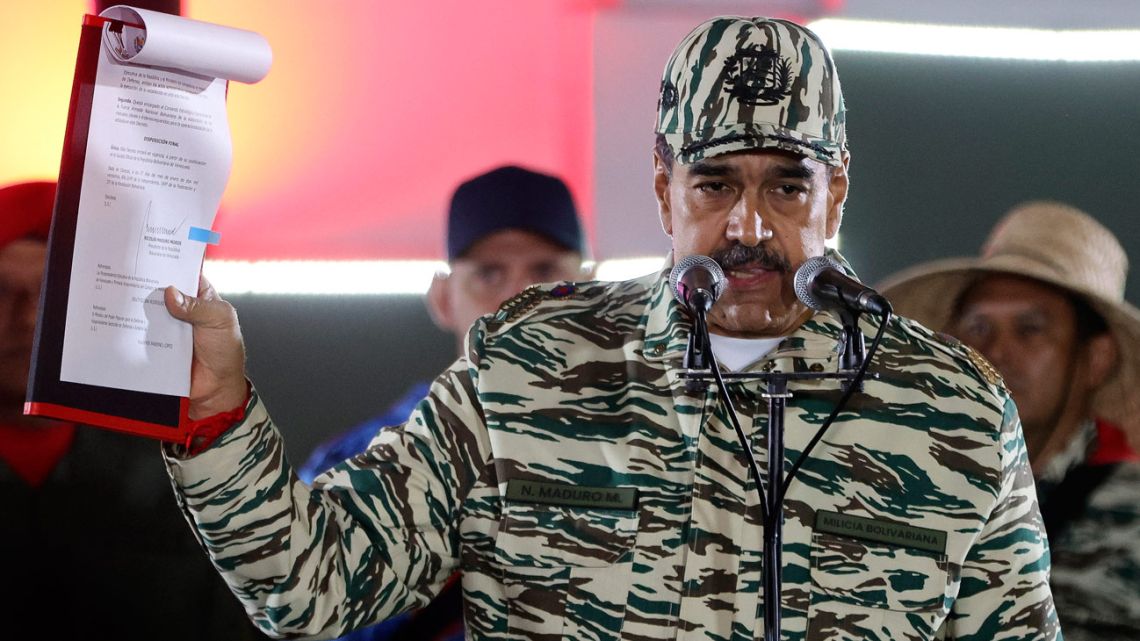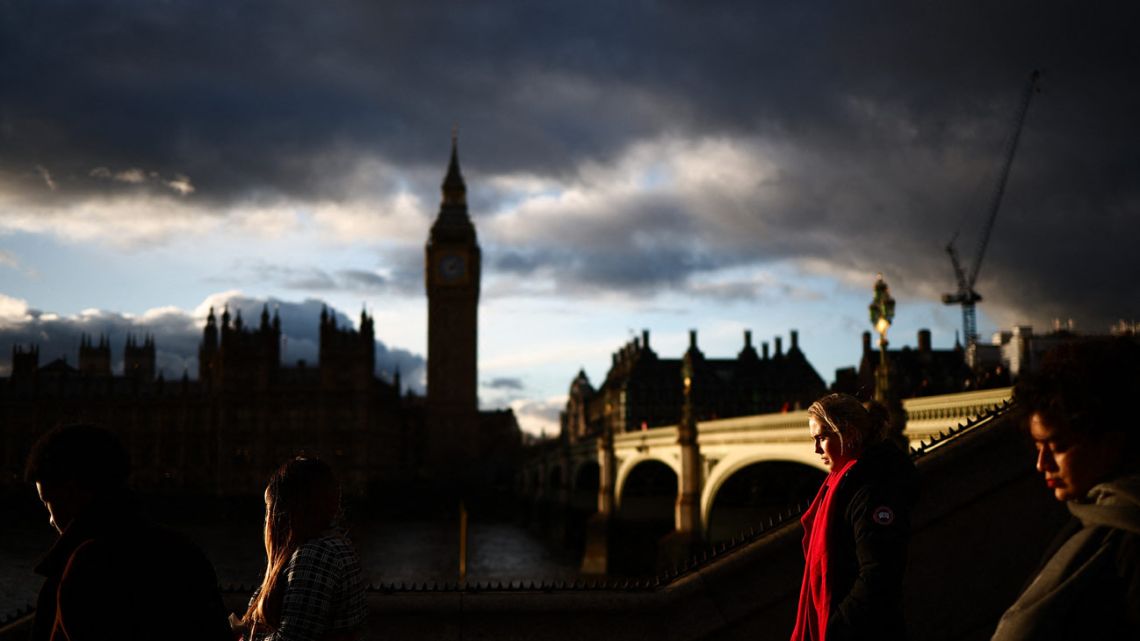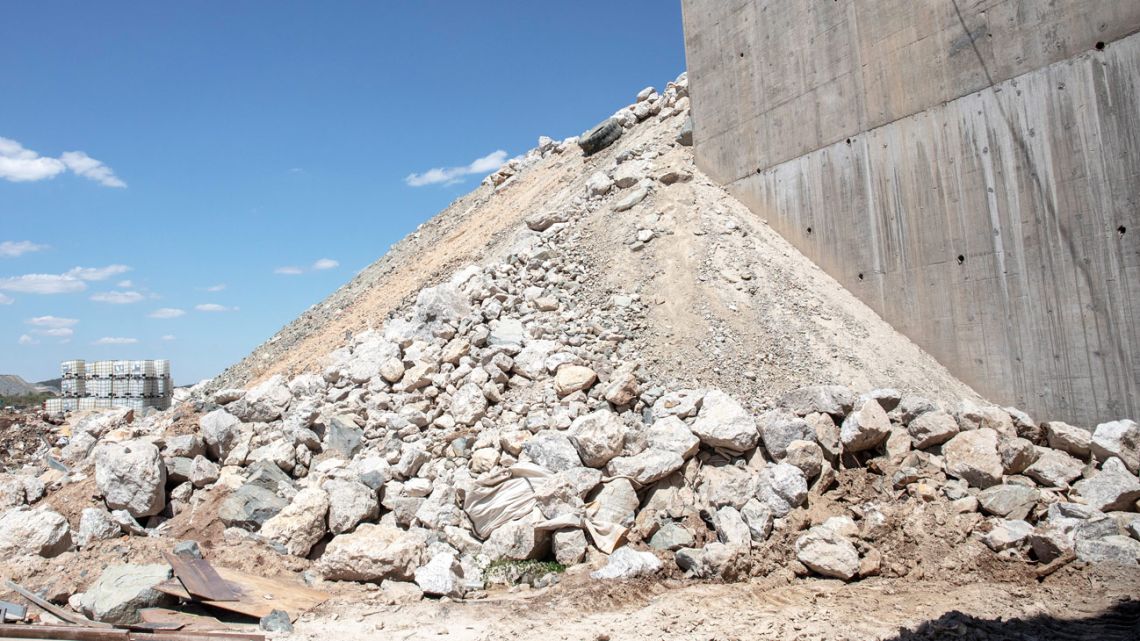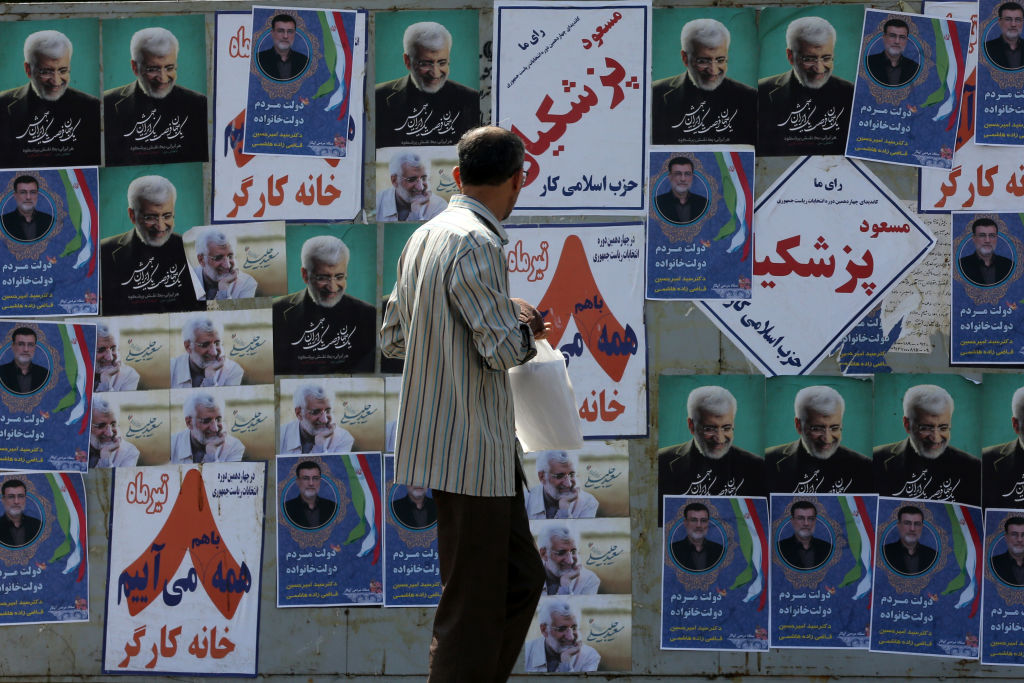An unprecedented trial began in Córdoba on Monday morning with its Seventh Criminal Appeals Court seeking to clarify the responsibilities for the presumed serial attacks on 13 new-born infants between March 18 and June 6, 2022, at the Hospital Materno Neonatal Ministro Dr. Ramón Carillo, of whom five died and 11 survived.
The novelty making this case unique in the world is that the accused not only include the nurse Brenda Agüero as the presumed material author of the crimes but also 10 provincial officials.
In four similar cases reported in the world – two in the United States, one in England and the fourth in Mexico – only four nurses were convicted, not even anybody running the hospitals where these infanticides were committed, thus making this Córdoba trial unprecedented.
The trial now going ahead after rejection of the last appeals by the indicted will be judged by Patricia Soria, Laura Huberman and José Daniel Cesano, headed by the former. The responsibility for resolving whether each of the accused should be convicted or acquitted will fall on a jury of eight, four men and four women.
The courtroom capacity is for 111 people – the exact number of seats available for the three judges, the jury of eight, 12 alternate jurors, four court aides, 34 seats for the prosecution and the plaintiffs, 34 for the accused and their defence lawyers and 16 for the general public.
The defendants will be seated in alphabetical order, along with their defence lawyers. As a result, the only two of the indicted to be detained – Brenda Agüero and Liliana Asís, the ex-director of the Hospital Materno Neonatal, who remains under house arrest – will be seated side by side. The third basement floor of the ´Moplo´ sector in Tribunales 2 has been revamped for this trial, being transformed into seven spaces. The trial will be held in the biggest, with the seats distributed as described above, while three other spaces will be reserved for families of the victims, the general public and the press, where the trial can be seen and heard via a system of internal audio-visual transmission.
Other back-up rooms have also been provided for the witnesses, the judges and jury, a medical unit for emergencies and a childcare centre, as well as Polo de la Mujer psychologists to contain the mothers. If the loss of a child is traumatic, what happened at the Hospital Materno Neonatal is even more exceptional for the families which lost their babies, as well as for society, which is expecting a judicial response to match the crime.
The provincial high court has lifted the January court holiday to make this trial possible with hearings from 9am to 2.30pm every day between Monday and Thursday in January and from 9am to 2pm in February, continuing into late June. Everything will depend on the pace of the trial and the number of witnesses who testify with more than 200 listed at the start.
Agüero’s defence lawyers have already withdrawn the statement of the nurse’s parents. The courtroom decision to accept all the evidence requested has gone unchallenged until now. The judges seek to guarantee a broad debate without limiting anybody’s rights and to coordinate the inclusion of the strictly pertinent evidence in that debate while avoiding superfluous aspects, holding different meetings with the counsels of the plaintiffs and the defence.
The first fortnight at least will be taken up by the presentation of the direct protagonists of this trial with witness testimony only beginning towards the end of the month.
Once the debate opens and the challenges presented (if there are any), the charges will formally be read out, including the 13 attacks and the accusations against the officials.
Then the Appeals Court prosecutors – Sergio Ruiz Moreno and Mercedes Balestrini – will press the charges, followed by the lawyers of the plaintiffs and then the defence, who will present the case for their clients from their perspectives. In general, each one of them will be addressing the jury, on whom they will be keeping an eye throughout the trial.
The defendants will then take the stand, starting with Brenda Agüero, whose statement is expected to last three or four hours. Even if she will have the chance to expand on her statement throughout the proceedings, this will be her first presentation to the judges.
The Penitentiary Service will be present. Liliana Asís will be arriving in the courtroom from her home, being under house arrest, but Agüero will be transferred from the prison complex of Bouwer. There is one striking detail. Two fathers of the victims have been detained on different charges than those on trial so that there will be prison wardens in the courtroom to guard them as well as the nurse. They are Matías José Rodríguez, also a plaintiff, and the actor Walter Matías Gigena.
In the dock
Brenda Agüero, a nurse in the hospital’s Obstetrics Service, is accused of homicide aggravated by reiterated insidious procedure (five counts), as well as being attributed eight other counts of attempted homicide by injecting potassium into the infants. None of the 13 babies had any complications at birth. Agüero has been detained for over three years as from last August.
She will share the dock with 10 ex-officials of the provincial Health Ministry, who are accused of different offences: nonfeasance, cover-up doubly aggravated by antecedents and the reiterated misrepresentation of evidence.
Among those standing trial will be the ex-director of the Hospital Materno Neonatal Liliana Asís (under house arrest) and the former provincial Health minister Diego Hernán Cardozo. The list is completed by Alicia Beatriz Ariza (former nursing chief at the hospital); Dr Pablo Miguel Carvajal (the former provincial Health secretary); Julio Alejandro Tomás Escudero Salama (a lawyer and former deputy administrative director of the provincial Health Ministry); Alejandro Gabriel Gauto (a lawyer previously in charge of the legal issues at the Ministry); Marta Elena Gómez Flores (a surgeon specialising in Neonatology), María Alejandra Luján, Adriana Luisa Moralez and Dr Claudia Elizabeth Ringelheim (a doctor specialising in obstetrics, gynaecology and toxodynamometry).
Debate
The prosecution holds Agüero responsible as the presumed material author of the attacks on new-born infants at the Hospital Materno Neonatal between March 18 and June, 6, 2022, while the officials knew that something irregular was going on but did not make their denunciations in time to halt the lethal sequence.
The Appeals Court prosecutors Ruiz Moreno and Balestrini have requested a visual display with graphs of the time-line of the different episodes to be analysed together with the contents of all the mobile telephones impounded. The court police were in charge of elaborating this report. In order to observe the events, substantial data regarding timetables, wards, medical staff, nurses, parturient patients and the whole hospital assistance circuit were incorporated, among other aspects.
Agüero’s lawyers, Gustavo Nievas and Juan Manuel Riveros, also made two particular requests. One was the three-dimensional reconstruction of the sector of Obstetrics where the attacks on the babies were said to have occurred. An ocular inspection was not possible because after the case came to light, the zone was dismantled and refurbished. The other was a forensic software report including geo-localisation, the exchange of all virtual messages between the public officials accused in this case, the hospital’s computer systems for every kind of register, who had access to them and security aspects like, for example, if the elimination of data is permitted.
The forensic reports and medical opinions will be the key to this debate. Were they serial events and did they all have the same characteristics? Did decompensation due to hypokalaemia occur in all the cases? What was done in each case, what happened when the decompensation began in the children?
Consequences and damages
A total of 14 people victimised by these events have become individual plaintiffs while 29 have lodged civil lawsuits against the indicted and the provincial state.
Indeed, apart from the criminal proceedings, there will be a detailed analysis of Córdoba Province’s civil responsibility since the deaths occurred in a hospital dependent on the state.
In that sense, the multiple damages caused to the surviving children and the parents of all the babies, including the dead, will be weighed. Last month the forensic points for verifying the magnitude of the damage were broadened.
These civil lawsuits will be contested by the lawyers Mariano Andruet and Fernando Maldonado representing the Córdoba provincial government with the sponsorship of Pedro Sacone Ocaña.
The first witnesses will be the mothers, who will thus be allowed to enter the courtroom later and follow the whole trial.
Guidelines for the press
The proceedings will be recorded and filmed by the Cicero system of the Judicial Branch but none of those images or sound may be made public until all the evidence has finally been produced.
The 7th Criminal Appeals Court has established the following guidelines for the public attending the hearings and the press coverage. Accredited journalists may only tape sound, visual or audio-visual material at three points of the trial: Reading out the charges and the presentation of the case to the court and jury, the closing arguments of the two sides and reading out the sentence.
On the contrary, registering and revealing the contents of trial testimony is prohibited, as is making public images of the babies who were victims in the current trial.
In the event of not respecting the limits imposed, the offending media or the press as a whole – according to the infractions determined – could be excluded from the trial. The objective, the judges explained, would be to “avoid new tampering with the evidence, according to the importance of the information leaked.”









